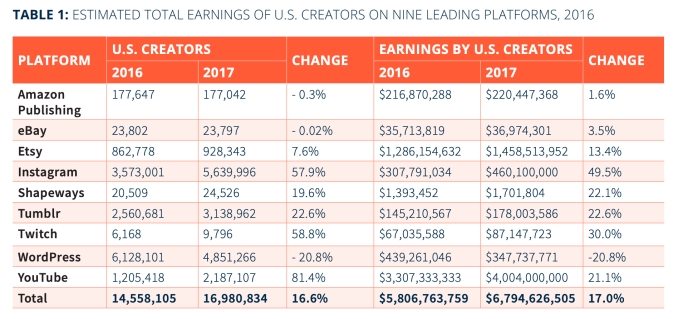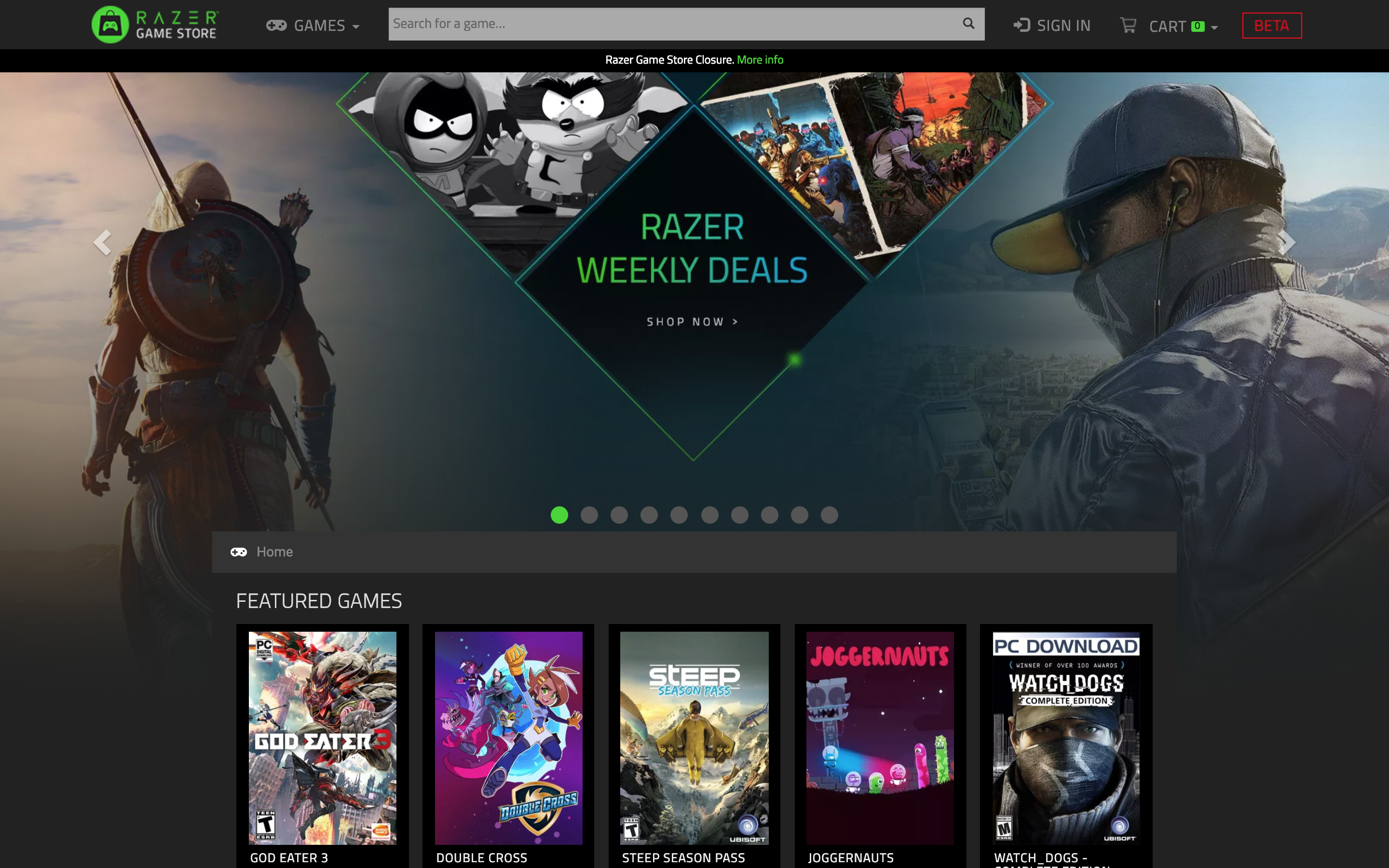“The Breaker Upperers” kicks off with an ingenious premise: What if you could pay an agency to take care of your awkward romantic break-ups? And what if that agency was run by two longtime friends who are starting to drift apart?
The film was a big hit in New Zealand last year and is now available to global audiences on Netflix. Jackie van Beek and Madeleine Sami joined this week’s Original Content podcast to talk about writing, directing and starring in the movie together.
“I was thinking about how many conversations I’d had with people about the level of dread that they have when they realize they have to break up with their partner,” van Beek said. “I mean, nobody enjoys it. I thought, you could make a lot of money doing that for somebody or offering to do that for somebody.”
They pair also discussed shooting a sex scene with Jemaine Clement of Flight of the Conchords, and finding room for improvisation on a relatively short, low-budget shoot.
The movie was executive produced by Taika Waititi, director of “Thor: Ragnarok,” a film that Sami credited with exposing global audiences a similar style of humor. Both filmmakers said they never expected “The Breaker Upperers” to find an audience outside New Zealand, so they’re delighted to be launching on Netflix .
“It’s fun, it’s colorful, it’s not too long, it’s just the right length,” van Beek added. “I reckon it’s the most amazing movie to watch on a chair, or on a couch, or even lying down on a sheepskin with your legs in the air. Like any kind of position, I think.”
After the interview, we’re joined by Brian Heater for to follow-up on last week’s brief review of “Russian Doll” — this time, we go deep into spoilers, discussing the twists that kept us hooked and how the “Groundhog Day”-style storyline ultimately wrapped up.
You can listen in the player below, subscribe using Apple Podcasts or find us in your podcast player of choice. If you like the show, please let us know by leaving a review on Apple. You also can send us feedback directly. (Or suggest shows and movies for us to review!)




